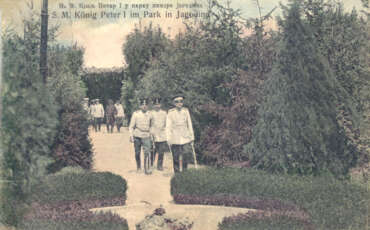Virtual Gallery of the Regional Museum of Jagodina
Author of the exhibition: Jasmina Trajkov

Milan Vučić (1873–1937)
The Vučić family originally came from Vranje, from where they moved to Jagodina in the sixties of the 19th century. Milan was born in Jagodina, and his father, Manojlo Vučić, was first a bullocky, then a banker and merchant. Milan Vučić completed elementary school and 4th grade of secondary school in Jagodina, and 5th and 6th grade of high school in Belgrade. Due to illness, he returned to Jagodina. He suffered from tuberculosis of the neck glands, underwent surgery and recovered and survived thanks to the care Žika Milenković, a doctor from Jagodina, who was his friend. After completing his education, he often went to Vienna where he could learn about photography and acquire equipment. He was married to Živka, and they had four children. He died in Jagodina on December 4, 1937.
Milan Vučić started taking photography at the beginning of the 20th century, initially as an amateur. He learned the art of photography in Vienna or from Petar Julinac while he was working as a photographer in Jagodina. It is possible that he took over the running of the shop from him at one point. He was one of the participants in the First Amateur Photo Exhibition held in Belgrade in 1901. The catalog of this exhibition lists the names of ten photographs by Vučić: Church in Malо Crnućе, From the main street in Jagodina, Pop Tasa Haračlija’s house, Cathedral church in Jagodina and its surroundings, My family, Cathedral church in Jagodina, My relatives, Street in Jagodinа, Seoski svatovi and Brewery in Jagodina. From the names of these photos, it can be concluded that he shot outdoors and that he chose different motifs: portraits, landscapes, views, architecture, celebrations… He was also a member of the Board of the amateur photography club.

Shortly after this exhibition, he opened a photographic studio in the center of Jagodina, and photography became his profession for a while. In 1911, he was looking for a photographic assistant in the press of the time. Vučić’s studio was very productive, as evidenced by the number of preserved photographs. Apart from the portraits, the stamp of his studio can also be found on the photograpjhs of the students and lecturers of the Male Teacher’s School, he also made posthumous portraits, and he is also noted as the photographer who immortalized the visit of King Petar I Karađorđević to Jagodina in the summer of 1907. These photos can be found on the postcards of Jagodina publishers Đorđević and Gilić.
In 1910, he opened a cinema in Jagodina called “Electro-cinema M. M. Vučić”. In the same year, he offered it for sale. During the Balkan Wars, probably for economic reasons, Vučić abandoned photography as a profession and devoted himself mainly to mechanical work and cinema. He had an electrical and mechanical shop which advertised in the press in April 1914 that it sold all kinds of pumps and lamps, as well as selling and installing kerosene lamps for public lighting and cinema apparatus.
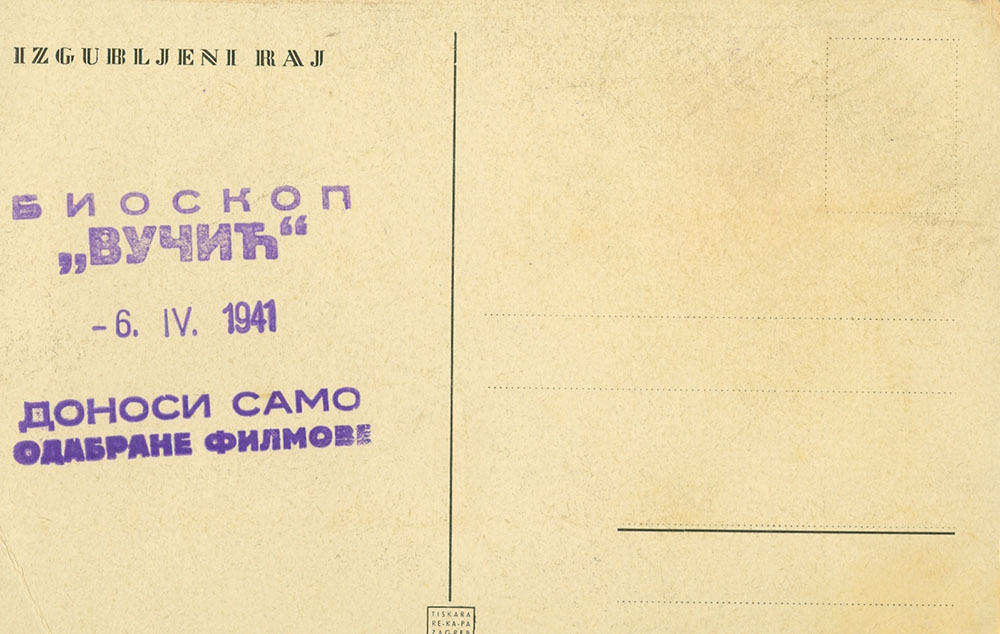
After the First World War, he leased his photography studio to other photographers from Jagodina (Jovan Petrović and Aleksandar Lazarov). He was actively engaged in showing films in his cinema, engaging his family members in that work as well, who continued to run the cinema even after Vučić’s death.
Virtual exhibition
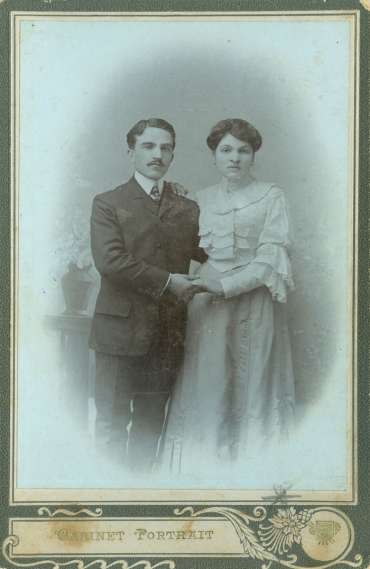
Draga Simić and Milan Bratić as fiancés

8th generation, 1st grade of the Male Teacher’s School in Jagodina

Mileva and Vidosav Trepčanin near th the catafalque of their son Dragoljub
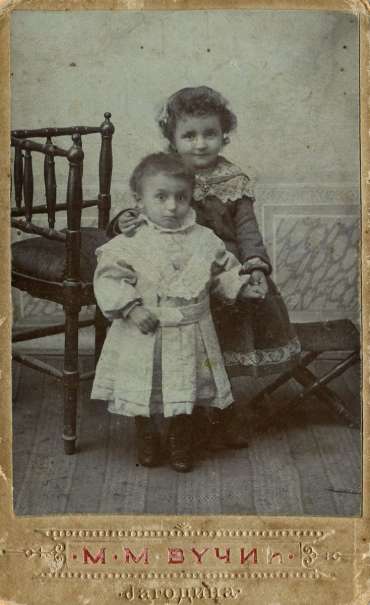
Children from the family of Radmila Stamenković from Jagodina
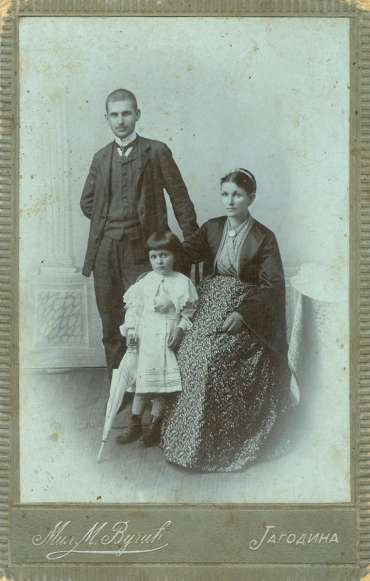
An unknown family from Jagodina
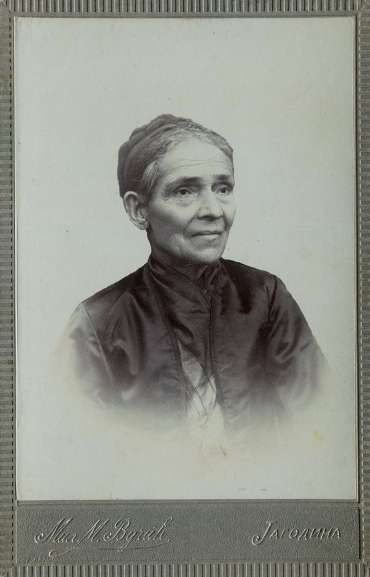
Ljubica Timić

Ruža Milenković as a baby

Toma M. Vučić, а grocer from Jagodina with wife Kosara and children
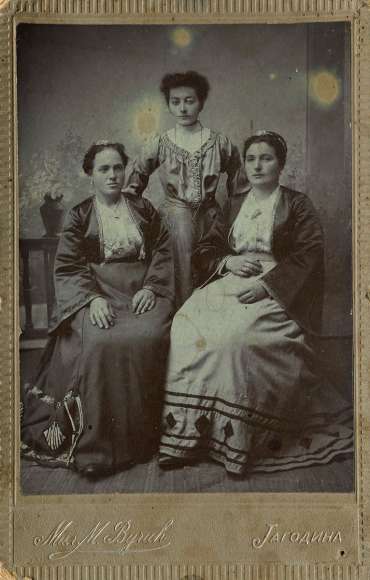
Three women from the family of Radmile Stamenković from Jagodina
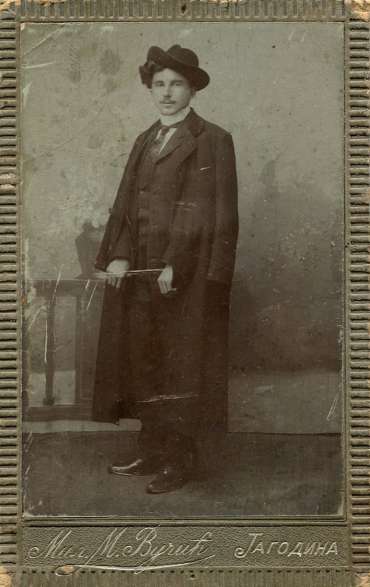
Laza Arandjelovic, barber
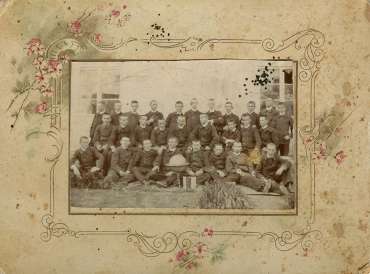
Students of the Male Teacher’s School in Jagodina
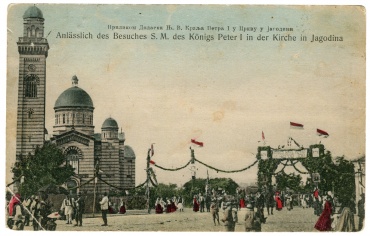
On the Arrival of H. M. King Peter 1st in Jagodina
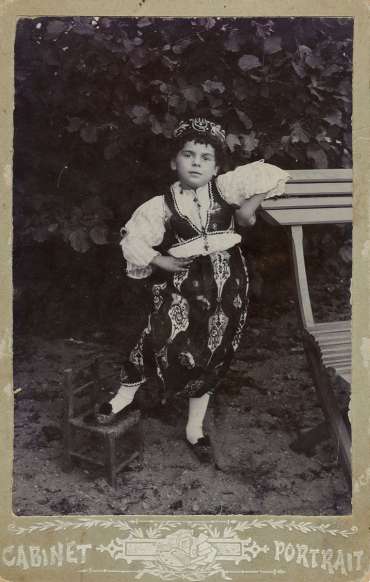
Little girl in national costume
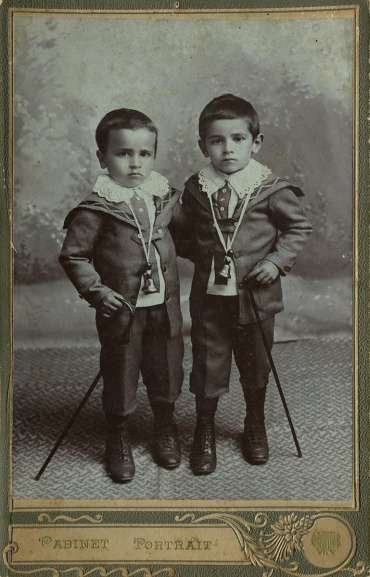
Miloš and Milan Marković
